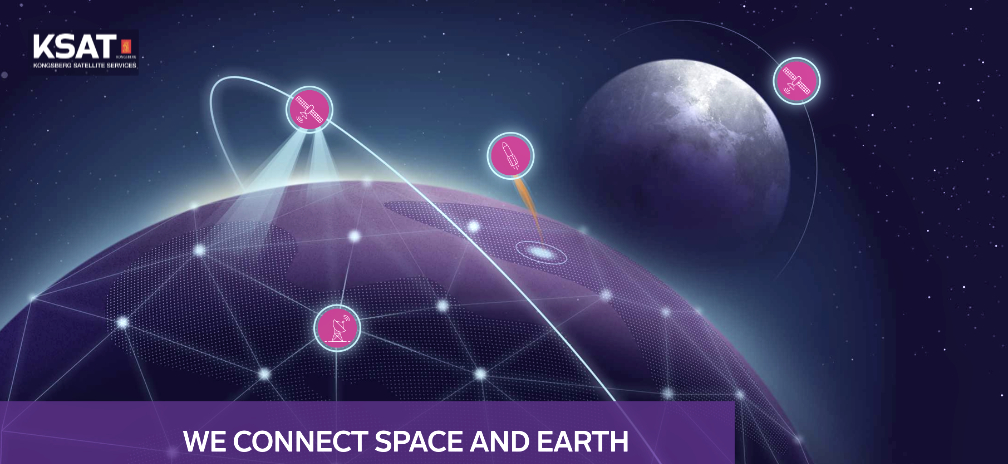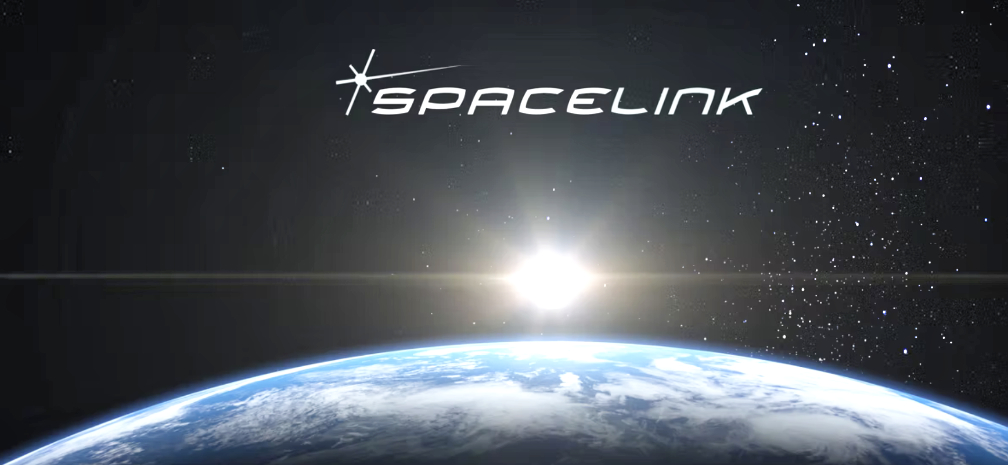
NASA has selected two companies – Kongsberg Satellite Services (KSAT) USA of Denver and SpaceLink Corporation of McLean, Virginia.

These companies will develop capability studies to explore and demonstrate communications and navigation services in support of Artemis missions to the Moon.

The awards, under the Next Space Technologies for Exploration Partnerships-2 (NextSTEP-2) Broad Agency Announcement (BAA) Appendix O, are firm fixed-price milestone-based contracts in the amounts of $161,638 for KSAT and $189,881 for SpaceLink Corporation.
The studies will involve Direct-to-Earth and lunar space relay communications and navigation services that would enhance telemetry, tracking, and commanding services for orbital and sub-orbital missions at the Moon through relay of critical data between spacecraft and ground stations.

NASA’s Space Communications and Navigation (SCaN) program oversees the agency’s two primary networks: the Deep Space Network and the Near Space Network.

The latter program provides services to missions within 2 million kilometers of Earth through a blend of government and commercial providers.
These studies are intended to inform NASA and its stakeholders on industry’s capabilities and concepts that would enable a commercial space communications and navigation marketplace where NASA is one of many customers.
The companies will help NASA and its stakeholders understand advancements in radio frequency compatibility testing that will lead to Near Space Network efficiencies, address industry best practices, tools, and capabilities related to mission planning and scheduling, understand the barriers, challenges, and solutions associated with integrating optical communications ground terminals into the Near Space Network, and understand the advancements of software-defined radios and cloud computing assets and their integration into the Near Space Network architecture.
“All missions need communications and navigation services to send data back to Earth. These capability studies and demonstrations will highlight networking efficiencies and inform future planning for NASA missions,” said Kathy Lueders, associate administrator for NASA’s Space Operations Mission Directorate.
“This BAA selection furthers the agency’s commitment to commercializing direct-to-Earth space communications and navigation services and integrating a lunar relay to support Artemis missions to the Moon,” said Badri Younes, deputy associate administrator and program manager for NASA’s SCaN program.
NASA’s Near Space Network is managed out of the agency’s Goddard Space Flight Center in Greenbelt, Maryland, under the direction of the SCaN program. SCaN continues to pursue regular industry engagement to identify matches between commercial capabilities and future NASA needs.
